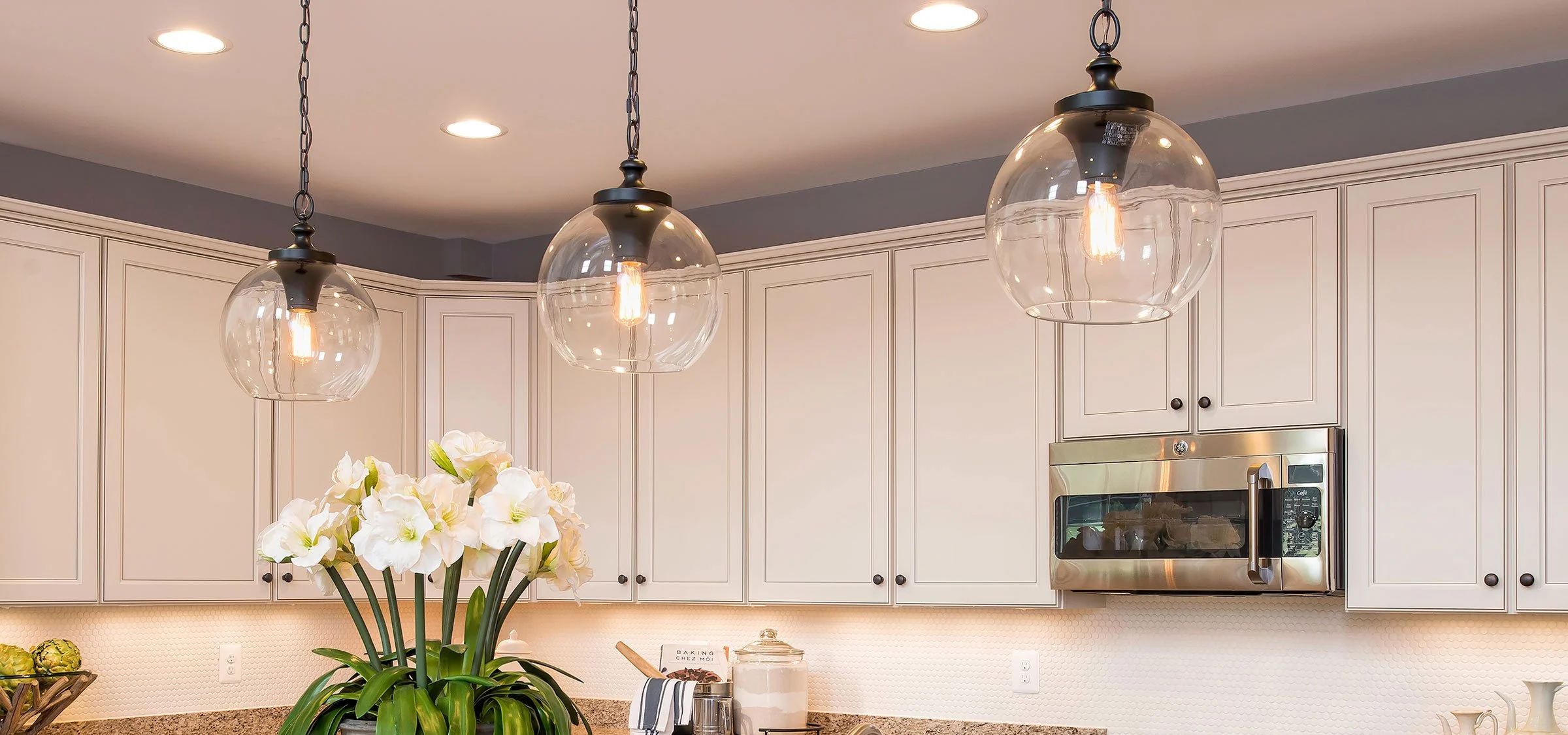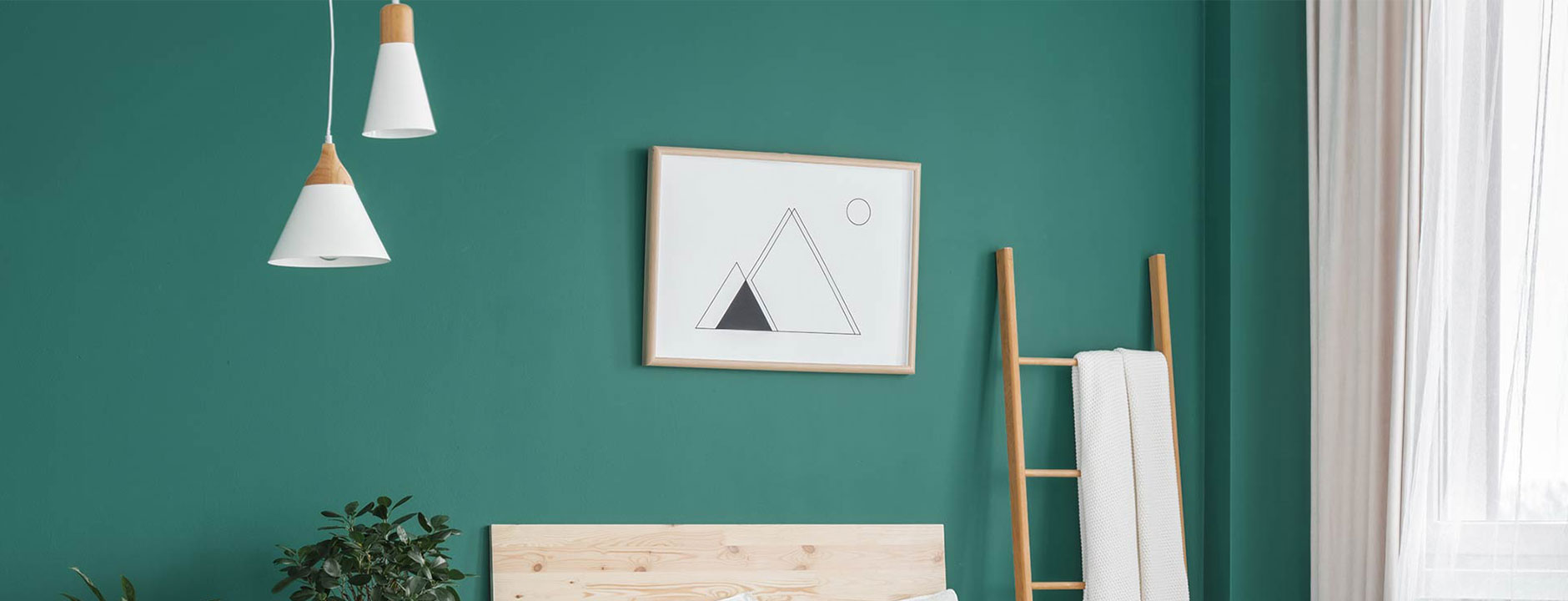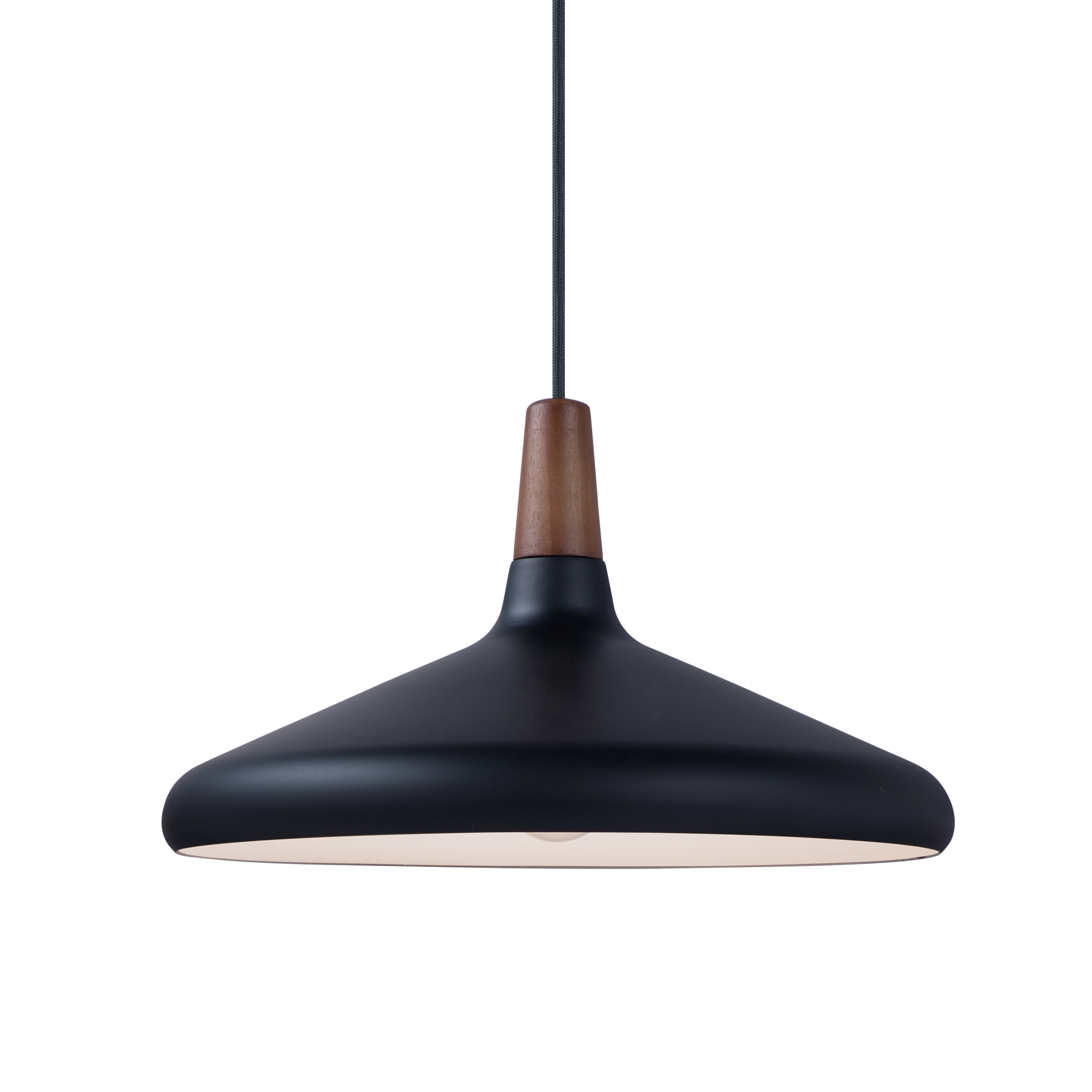Pendant Light vs. Ceiling Fixtures: Which One Should You Choose?
Wiki Article
A Comprehensive Overview to Installing and Preserving Your Pendant Light
Keeping a pendant and setting up light needs mindful planning and implementation. Correct elevation dimensions can enhance both performance and style. Important devices and a clear setup procedure are vital for a successful arrangement. Normal maintenance warranties longevity and efficiency. Understanding these aspects can change a space. Recognizing where to start might appear frightening. What steps should one focus on to attain the most effective outcomes?Understanding Pendant Light Styles
While numerous homeowners seek to enhance their areas with Pendant lighting, comprehending the various designs available is crucial for making an informed selection. Pendant lights come in a wide variety of layouts, each offering unique aesthetic and practical benefits. Typical Pendant lights usually feature classic shapes and materials, such as glass or steel, offering an ageless charm. Contemporary layouts, on the various other hand, might include ingenious products and bold colors to create striking focal factors.Industrial-style pendants typically make use of resources like exposed light bulbs and rustic surfaces, suitable for loft spaces and modern settings. For an extra wayward touch, vintage-inspired options stimulate nostalgia with intricate information and retro surfaces. Furthermore, minimalist layouts concentrate on simplicity and clean lines, appealing to those that like underrated style. Recognizing these varied styles permits house owners to select Pendant lights that not just complements their style but additionally serves their sensible lights requires effectively.
Gauging the Suitable Height for Your Pendant Light
Just how does one figure out the ideal elevation for a pendant light? To attain the ideal functionality and aesthetic charm, several factors have to be thought about. Usually, a pendant light need to hang 30 to 36 inches over a table to guarantee ample lighting without blocking views. In rooms with high ceilings, the component may be positioned a little greater to preserve symmetry.For kitchen islands, an elevation of 28 to 34 inches over the kitchen counter is usually suggested, permitting appropriate light insurance coverage while preserving a welcoming environment. In living locations, the Pendant must be hung at an elevation that matches the surrounding decoration and does not produce a hazard for individuals walking underneath it.
Eventually, personal preference and area dimensions play considerable roles in identifying the best elevation. Evaluating various heights before final installation may assist attain the wanted result and capability.
Devices and Products Needed for Installment
Effective installation of Pendant lights requires a particular set of tools and products to ensure a smooth process. Crucial devices consist of a screwdriver, cable stripper, and a drill, which help with secure fixture attachment and proper circuitry. A voltage tester is critical for validating safety and security by guaranteeing that power is off prior to starting any type of electrical work.Along with devices, specific materials are needed for setup. These include the Pendant light fixture itself, electrical circuitry, cord nuts for secure links, and placing hardware. A ceiling hook might likewise be called for, depending upon the fixture's style.
For added safety and benefit, a ladder will assist within high ceilings, while a degree guarantees that the light hangs uniformly. Preparing these devices and materials ahead of time improves the installation process, making it a lot more effective and effective. Correct prep work is crucial to attaining a successful Pendant light installment.
Step-by-Step Installation Process
With the required devices and materials gathered, the installation procedure for Pendant lights can start. The power supply must be transformed off at the circuit breaker to ensure safety. Next off, the installing brace requires to be attached to the electric box in the ceiling. After securing it, the electrical contractor's tape need to be used to cover any kind of exposed cables.Adhering to that, the Pendant light's wires are linked to the equivalent wires in the ceiling: black to black (or red), white to white, and environment-friendly or copper for ground. When the connections are made, they need to be secured with cable nuts.
The Pendant light can after that be connected to the placing bracket, ensuring it hangs at the wanted elevation. The light bulb is placed, and the power is transformed back on at the circuit breaker, allowing the new Pendant light to brighten the space.
Preserving and Cleansing Your Pendant Light
What actions should be required to guarantee the durability and visual charm of Pendant lights? Normal maintenance and cleansing are vital in maintaining their beauty and performance. Dirt and dust can gather on Pendant lights, decreasing their sparkle. To clean up, a soft, lint-free fabric or microfiber towel need to be used, in addition to a gentle cleaner ideal for the surface product - Pendant Light. For glass or crystal pendants, a glass cleanser can enhance clarity without streaksIt is advisable to switch off the light and enable it to cool before cleaning. Furthermore, inspecting the component for loosened bulbs or links regularly assures safety and height efficiency. If relevant, changing bulbs routinely prevents stress on electrical parts. Finally, maintaining a risk-free atmosphere by preventing exposure to wetness can considerably prolong the life of Pendant illumination. Adhering to these actions will keep Pendant lights looking their best while functioning effectively.
Troubleshooting Usual Pendant Light Issues
When pendant lights breakdown, several usual problems might develop, consisting of flickering light bulbs, inaccurate setup, and voltage fluctuations. Recognizing the source is vital for effective fixing look here and ensuring peak performance. Dealing with these problems immediately can improve the longevity and performance of Pendant lights fixtures.Flickering Light Light Bulbs
Flickering light bulbs can be a source of aggravation for homeowners, usually indicating underlying electric problems or straightforward upkeep requirements. This sensation may come from loose light bulb links, where the light bulb is not safely matched the socket, creating intermittent get in touch with (Pendant Light). Additionally, malfunctioning or aging bulbs may flicker as they near completion of their life expectancy. An additional typical cause is irregular voltage, which can occur from issues within the electrical system or straining circuits. Homeowners should additionally check for damaged wiring, as this can result in flickering and present safety threats. Routine assessments and timely replacements are essential to guarantee proper capability and to maintain a safe home atmosphere. Recognizing the origin reason promptly can stop more difficulties
Wrong Installation Concerns
Improper installation of Pendant lights can result in a variety of problems that may look like those brought on by flickering bulbs. Common issues consist of loose wiring links, which can interrupt the circulation of electricity and cause periodic lighting. Additionally, if the placing bracket is not firmly attached, the Pendant may hang erratically, producing an unpredictable component that can cause resonances or noise. Incorrect light bulb kinds or wattage can likewise add to performance concerns, as inappropriate bulbs may not function effectively in the component. Finally, inadequate spacing from the ceiling can create darkness or decrease light distribution, diminishing the intended result of the Pendant light. Recognizing and addressing these setup mistakes is necessary for accomplishing appropriate functionality and visual appeal.Voltage Fluctuation Troubles
Pendant lights can boost an area's atmosphere, voltage fluctuations can lead to considerable efficiency concerns. These variations may cause flickering lights, reduced illumination, or perhaps early light bulb failing. To identify such troubles, one ought to initially check the lighting fixture's compatibility with the voltage supply. Utilizing a multimeter can help determine voltage levels and recognize abnormalities. If voltage problems continue, it may be necessary to inspect the electric system for loose links or faulty electrical wiring. In some situations, speaking with a qualified electrical contractor is a good idea to ensure safety and conformity with neighborhood codes. Properly resolving voltage fluctuations not just improves the efficiency of Pendant lights but also expands their life expectancy and improves general illumination high quality.Enhancing Your Space With Pendant Light Positioning
Efficient Pendant light positioning can considerably enhance an area by adhering to excellent height guidelines, making sure the appropriate lighting degree. Layering these lights with other sources can produce a well balanced atmosphere, highlighting focal factors within the space. Achieving an unified appearance calls for cautious consideration of both the fixture's positioning and its partnership with bordering aspects.Ideal Elevation Standards
When considering the perfect elevation for Pendant lights, a general standard recommends hanging them approximately 30 to 36 inches over a counter top or table surface area. This elevation enables optimum lighting while making certain that the light does not obstruct views or develop risks. In dining locations, Pendant lights should be placed to enhance the dining experience, commonly around internet 28 to 34 inches over the table. For kitchen area islands, keeping harmony throughout several necklaces can create a cohesive look; spacing them equally and sticking to the recommended elevation enhances capability. It is necessary to take into consideration ceiling elevation also, as greater ceilings may call for modifications to keep proportionality and aesthetic appeal. Correct height positioning considerably adds to the general ambiance of an area.Layering With Various Other Lights
As Pendant lights are integrated into a wider lighting design, they can significantly enhance the environment of a room. Their adaptability permits them to be layered with ambient, task, and accent lights, producing a harmonious balance. Incorporating pendant lights with recessed lighting can offer general lighting while highlighting particular areas. Job illumination, such as under-cabinet lights, can enhance pendants in kitchen areas, guaranteeing capability without giving up style. Accent lights, like wall sconces, can additionally improve the setting, attracting attention to artwork or architectural functions. By strategically positioning these source of lights, house owners can attain deepness and dimension, transforming an average area right into a beautifully brightened establishing that deals with numerous tasks and state of minds.Focal Points and Balance

Strategically positioned Pendant lights can offer as charming centerpieces within a room, attracting the eye and improving the overall visual. When choosing pendant lights, it is important to consider their shape, dimension, and color to guarantee they match the existing decoration. For example, a vibrant, large Pendant can develop a striking centerpiece over a table, while smaller sized fixtures might function better in collections to accomplish a well balanced look. Furthermore, placing Pendant lights at varying elevations can add deepness and aesthetic passion to the space. Keeping equilibrium with various other components, such as furnishings and wall surface shades, will certainly ensure that the Pendant lights improve the area without overwhelming it. Thoughtful positioning transforms the setting, creating an unified and welcoming environment.
Often Asked Inquiries
Can I Mount a Pendant Light in a Recessed Ceiling?
The question of whether a pendant light can be mounted in a recessed ceiling typically develops. Generally, it is feasible with appropriate mounting hardware, making certain proper support and electrical links for safe and effective installment.What Kind of Bulb Is Finest for Pendant Lights?
When choosing bulbs for Pendant lights, LED choices are usually preferred due to their energy efficiency and longevity. Additionally, the color temperature should match the desired ambiance, with warm white being a popular selection for cozy settings.Are Pendant Lights Safe for Outdoor Use?

Just how Do I Select the Right Pendant Light Wattage?
Picking the best Pendant light wattage includes assessing the room's size, wanted illumination, and fixture compatibility. Commonly, lower electrical powers suit ambient lighting, while greater wattages supply task illumination, ensuring capability and visual charm.Can I Make Use Of a Dimmer Change With My Pendant Light?
The inquiry developed whether a dimmer switch can be utilized with a necklace light. Typically, if the light component and bulb are compatible, a dimmer button can effectively improve setting and control illumination levels.
When pendant lights malfunction, numerous typical problems might arise, including flickering light bulbs, incorrect setup, and voltage changes. Incorrect installation of Pendant lights can lead to a variety of concerns that might look like those triggered by flickering bulbs. Poor spacing from the ceiling can create darkness or lower light distribution, reducing the desired impact of the Pendant light. Reliable Pendant light positioning can considerably enhance an area by sticking to optimal elevation standards, he said guaranteeing the best illumination level. When selecting bulbs for Pendant lights, LED options are frequently chosen due to their energy performance and long life.
Report this wiki page